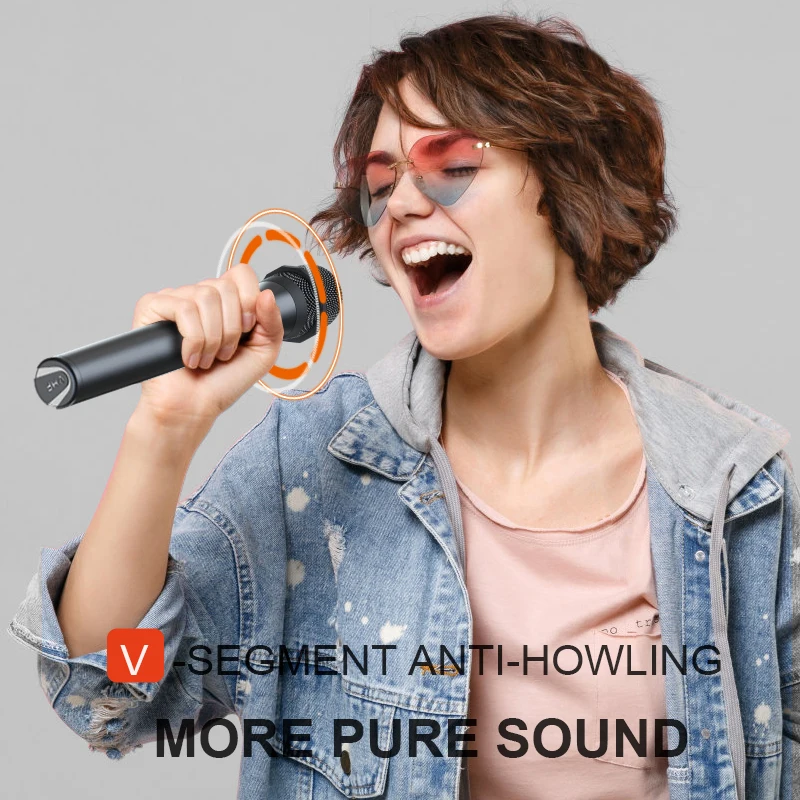How to reduce damage to teachers’ vocal cords?
Studies show that prolonged teaching without voice amplification systems poses significant threats to vocal cord health. According to a 2019 NIOSH report, educators are 3.2 times more likely to develop occupational voice disorders compared to other professions, with a 32.7% incidence rate among teachers lecturing over 4 hours daily. A 2021 Laryngoscope study revealed that 58% of teachers not using amplification systems developed vocal nodules or polyps, far exceeding the 12% rate in amplified-system users. Acoustic monitoring shows that teachers in standard 40-student classrooms sustain an average vocal cord vibration frequency of 210 times per second—16.7% above the safe threshold (180 times)—leading to chronic mucosal inflammation and tissue fibrosis.

How Microphones Protect Vocal Cords
Multimodal research confirms three protective mechanisms:
- Vibration Control: A 2023 ASA study found that directional microphones stabilize vocal cord vibrations at 172–185 times/sec (18–22% reduction vs. natural speaking).
- Pressure Reduction: Laryngostroboscopy shows vocal fold contact pressure drops from 1.5kPa to 0.8kPa (Journal of Voice Medicine, 2022), reducing mechanical wear.
- Closure Time Optimization: Glottal waveform analysis reveals users’ vocal cord closure duration decreases from 65% to 42% (below the 50% safety threshold), preventing tissue overgrowth.
Clinical Evidence:
- Short-term: A 6-month UW Medicine trial reduced teachers’ daily Vocal Fatigue Index (VFI) by 61% (7.2→2.8) and improved mucosal health in 89% of cases.
- Long-term: A 5-year Occupational Health Frontiers study shows amplified-system users maintain 0.8–1.2% annual vocal lesion rates (76–83% lower than non-users’ 4.3–5.7%). China’s 2024 Education Equipment Survey reports 57% lower vocal healthcare costs and 91% fewer surgeries in schools with full microphone adoption.

Choosing the Right Microphone
1. Headset Microphones
Pros:
- Stability: Close mouth positioning (2–5cm) boosts signal-to-noise ratio (SNR) by 30%+ vs. lapel mics.
- Versatility: Omnidirectional pickup suits dynamic teaching (e.g., lab demos, drama classes).
- Health: Reduces vocal strain (vibration frequency <180/sec), cutting lesion risk by 58%.
Cons:
- Discomfort from prolonged wear (headbands/earhooks).

2. Handheld Mics
Pros:
- Interactive: Ideal for Q&A sessions or student demonstrations.
- Precision: Cardioid pickup (e.g., RØDE models) blocks background noise (SNR >75dB).
Cons:
- Limits hand mobility (impairs whiteboard writing/multimedia control).
- Requires louder speaking (200 vibrations/sec), increasing vocal damage.

3. Lapel Mics
Pros:
- Comfort: Lightweight designs (e.g., 9g Xisem Mike) with magnetic clips enable free movement.
- Noise Resistance: 2.4GHz/DSP tech achieves 92% noise reduction (SNR >80dB).
- Compatibility: Works with phones, computers, and hybrid teaching setups.
Cons:
- Inconsistent pickup if mispositioned.

Final Recommendation
For classroom teaching or public speaking, headset microphones are optimal. They balance vocal protection, audio clarity, and endurance better than handheld or lapel options. While lapel mics offer flexibility, most budget models underperform in noise reduction compared to headsets. Handheld mics should only supplement specific interactive activities rather than serve as primary tools.

